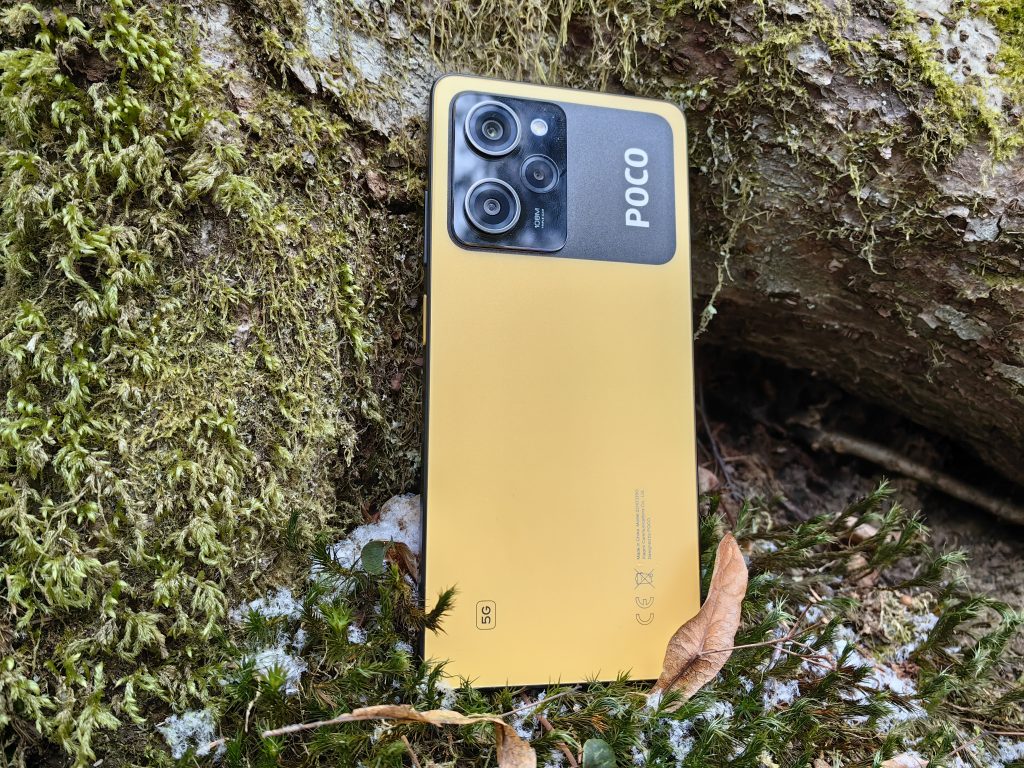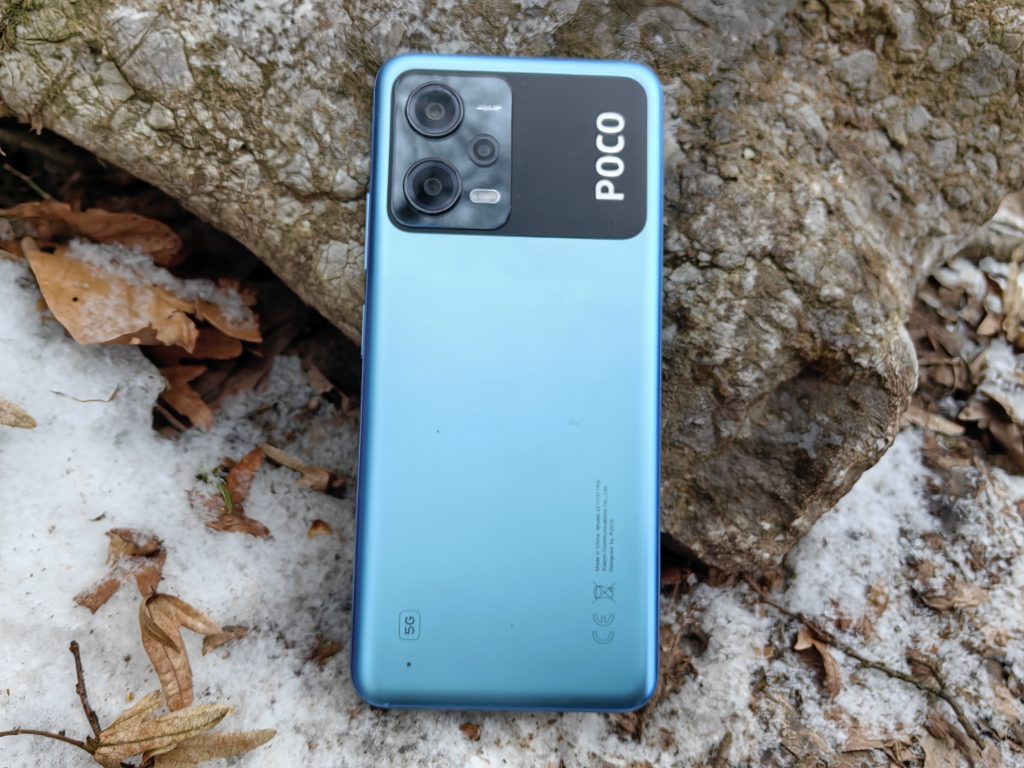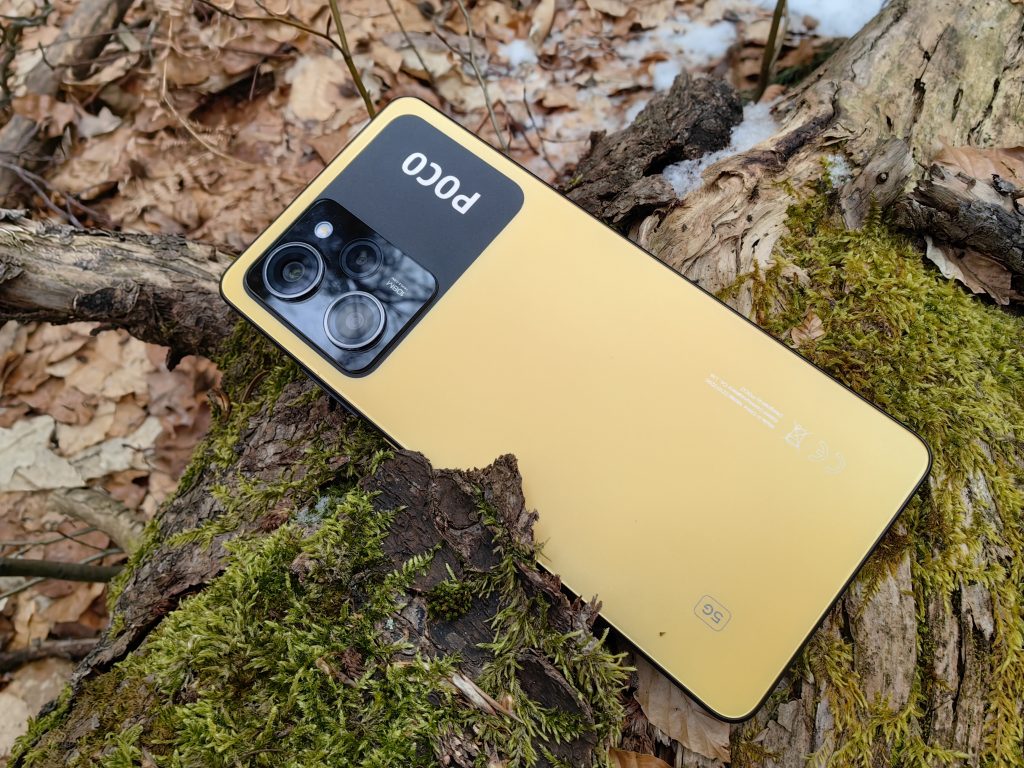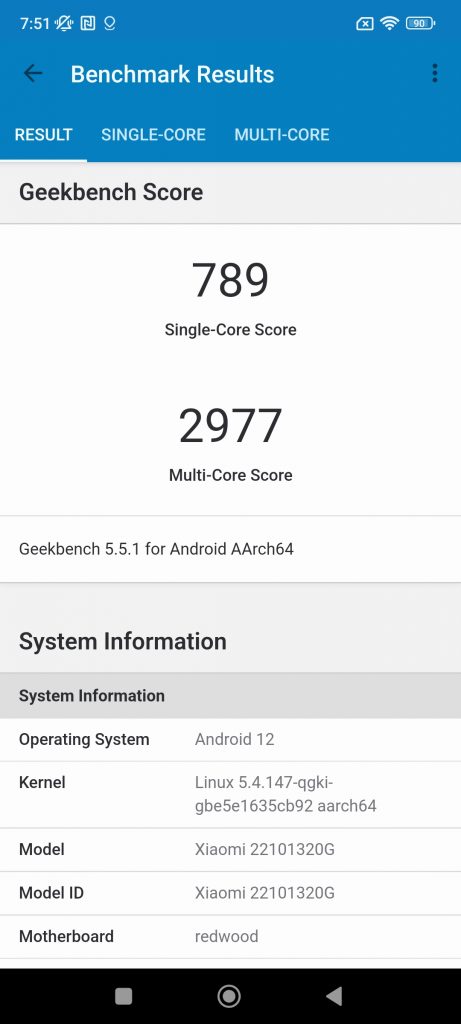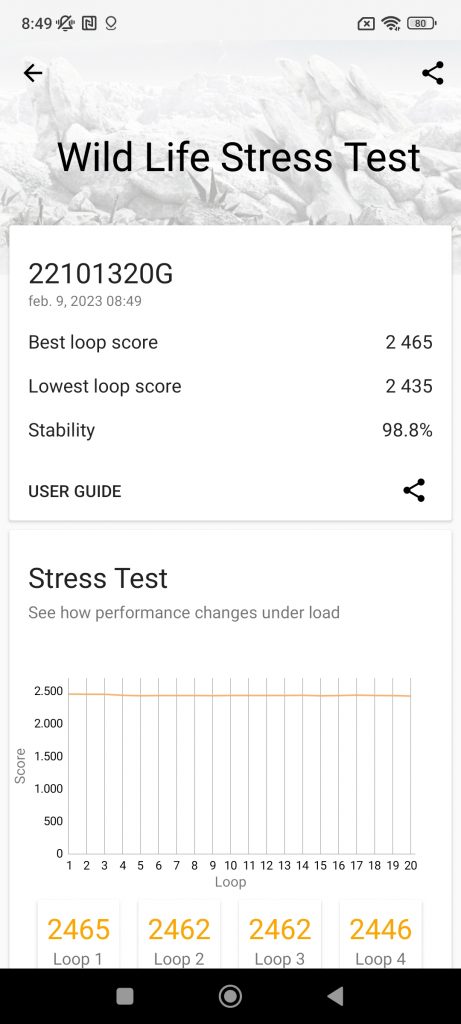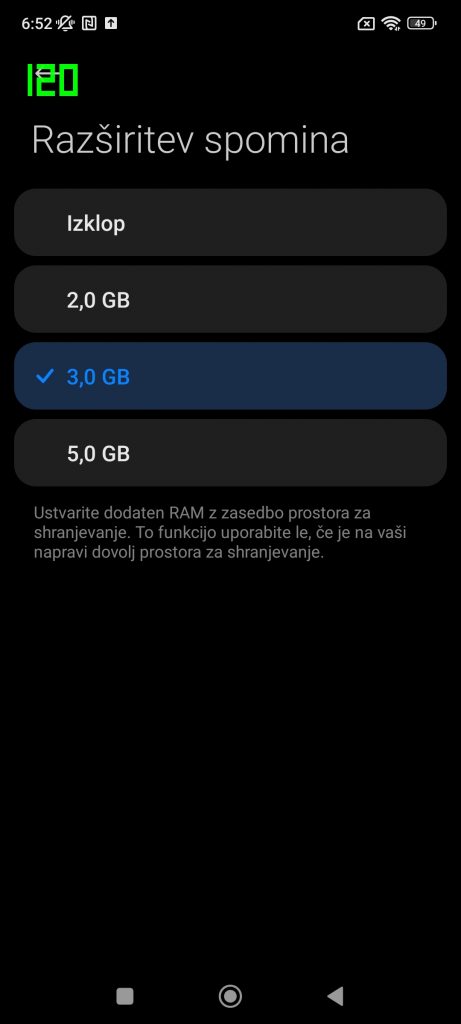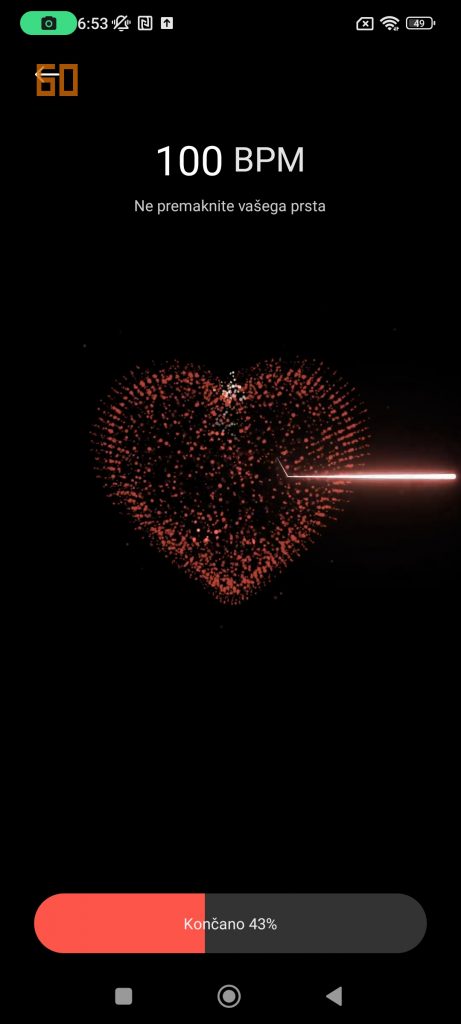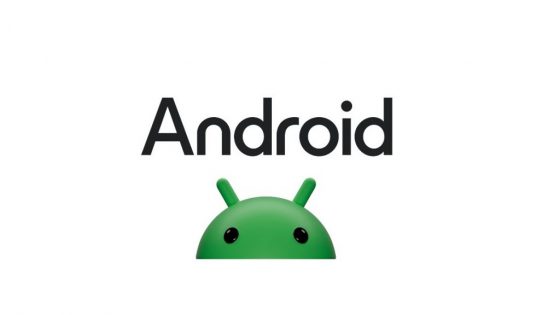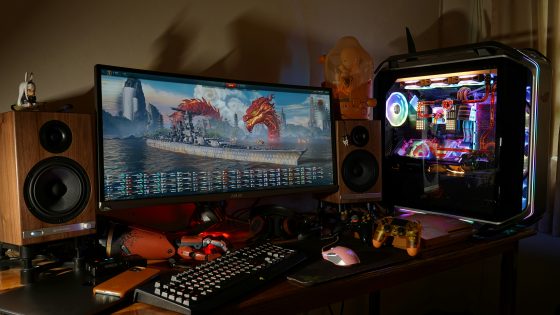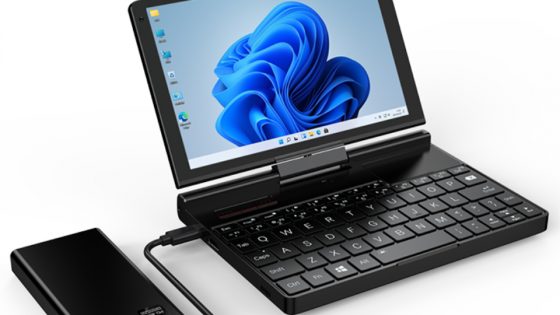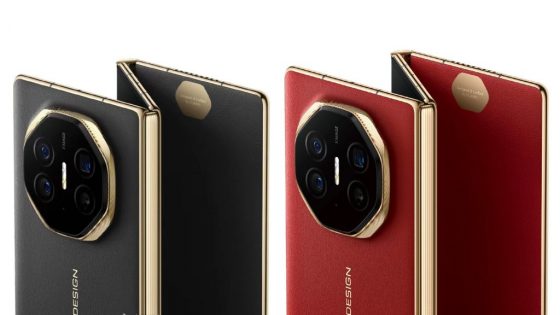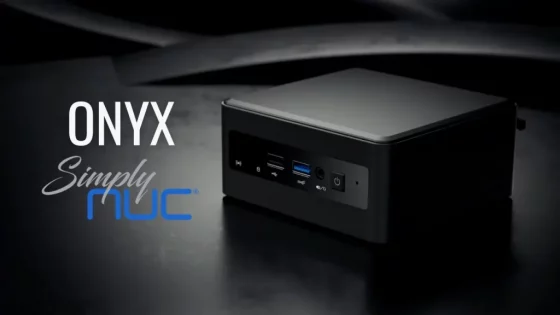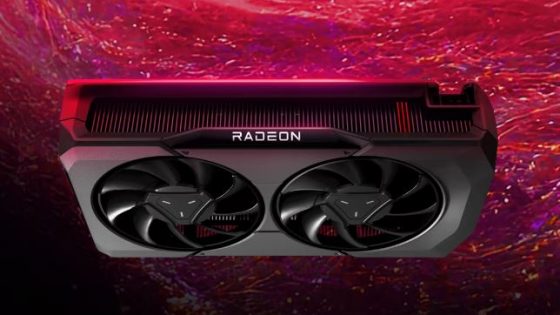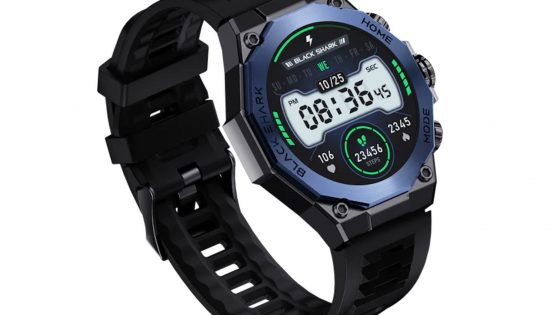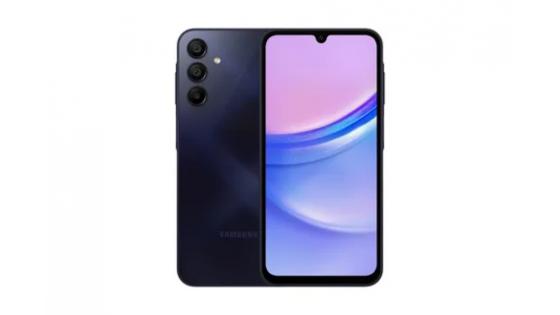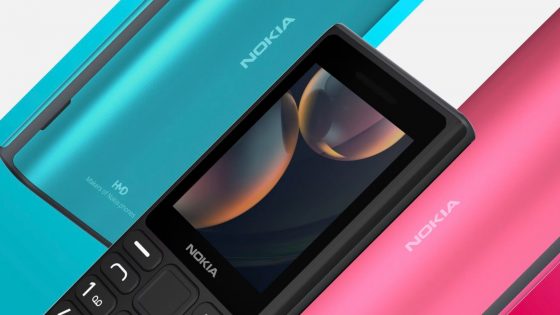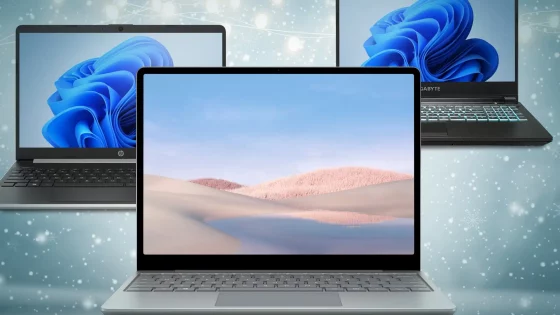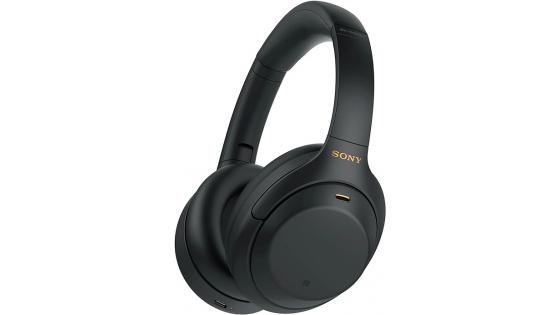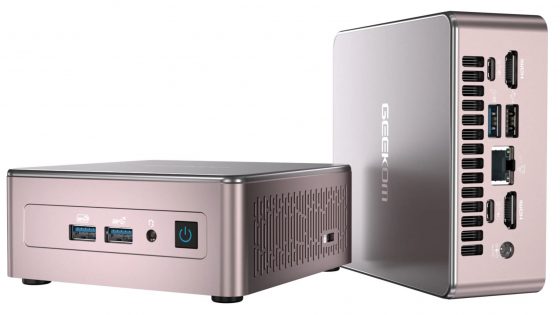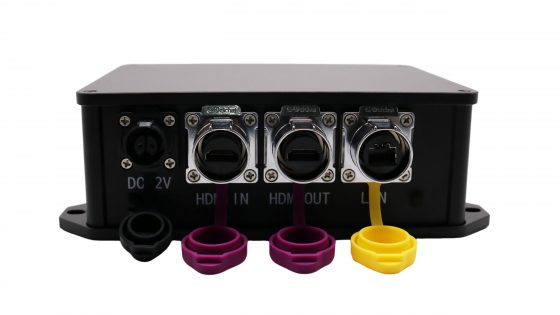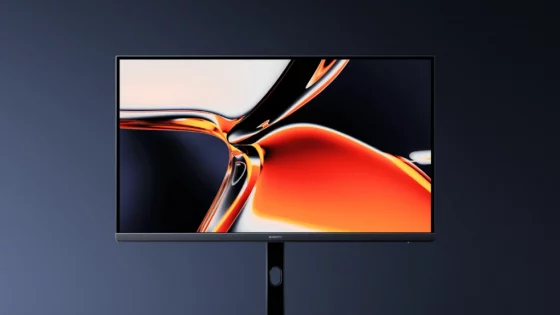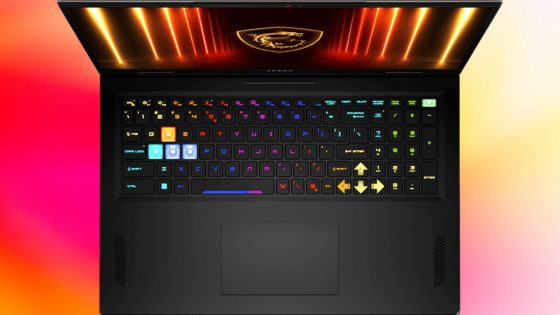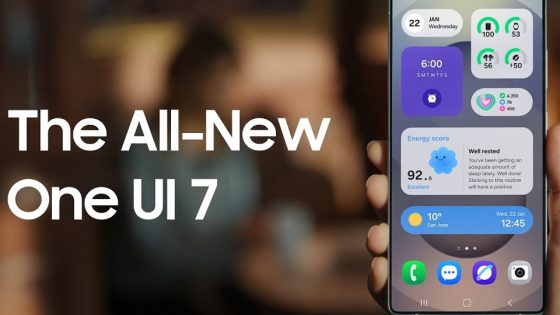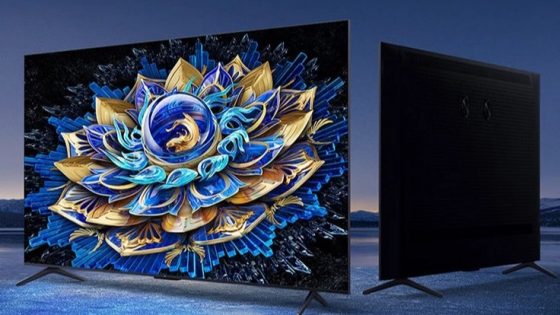POCO X5 Pro and POCO X5 test: two steps forward, one step back

Last year's POCO X4 Pro was only a pale shadow of the previous generations, because in exchange for a slightly better screen, it sacrificed the main component that has been the biggest advantage of POCO phones from the very beginning, namely the processor. A year later, they did not repeat the same mistake. The basic Snapdragon 695 is present only in the standard POCO X5 this time, while the professional version got a much more powerful Snapdragon 778 5G. But not everything is rosy. However, while testing both X5 versions, we encountered a few concerns.
Which phone makes more sense a long-term investment? There is a 70-euro gap between them. Is that enough to perhaps set your sights on the classic POCO X5? More below.
| POCO X5 Pro | POCO X5 |
| ✔ Excellent AMOLED Flow screen | ✔ Good AMOLED DotDisplay screen |
| ❌ Weak ultra-wide and macro camera | ❌ Average performance |
| ✔ Good battery, fast charging | ✔ Good battery life |
| ❌ Slow UFS 2.2 drive | ❌ Slow UFS 2.2 drive |
| ✔ Solid main camera | ✔ Attractive price |
| ❌ Lacking microSD card support | ❌ Average cameras |
POCO X5 and POCO X5 Pro prices in Slovenia?
- POCO X5 Pro 6GB/128GB: €379; available in black, blue and yellow
- POCO X5 6GB/128GB: €309; available in green, blue and black
For purchase options, visit the website www.mi-store.si, or you can also wait for an offer from the operators.
They are almost identical twins in shape
You will with the naked eye very difficult to distinguish between POCO X5 Pro and X5 phones. In addition to a different selection of colors, you can orient yourself by the frame of the camera. Both phones share the same style with a distinctive glass frame on a black base. On the POCO X5 Pro, this background is slightly glossy, while on the classic X5 it is matte. Another difference is in the marking of the cameras. The POCO X5 Pro boasts a 108 MP sensor, while the POCO X5 has a 48 MP. The position of the flash is also different. These are actually the only design differences between them. They also differ in dimensions. The POCO X5 Pro is surprisingly 7 grams lighter (181 g) and also slightly thinner (7.9 mm vs. 8 mm), but you won't notice it in practice. In both cases, one-handed use is feasible and comfortable.
Both phones are fully charged underwent plastic surgery – the main sign that these are budget phones. It's not the plastic of the past that liked to bend. It is non-slip and has an anti-glare coating. Fingerprint smudges are present, but not to the extent we're used to on low-end devices.
Flatness is the common denominator of the frame, front and back panels. The phone's case is splash-resistant, unfortunately there are no deeper levels of water resistance.
It's surprising that in 2023 we can still find a phone with 10 year old Gorilla Glass 3 protection, which protects the POCO X5 phone screen. A point in favor of the Pro version is that it is slightly newer and more resistant Gorilla Glass 5. The bezels around the screen are reasonably thin, inconspicuous, and the excess black seems to have migrated to the phones' chin, which is a little more pronounced. At the top there is a smaller opening for the selfie camera, which nicely completes the modern look of the phones.
POCO X5 and X5 Pro can boast that they are extremely practical. At the top is located almost extinct 3.5 mm jack for headphones, an IR blaster for controlling the television, and on the left side, in the case of the POCO X5 phone, we also find a hybrid SIM slot and microSD card. We expect a lot of backlash from users over the missing microSD card support on the POCO X5 Pro, which has become the sacrificial lamb in an attempt to keep the price down.
POCO X5 Pro regains its point with stereo speakers, while the audio on the X5 is played through a lone mono speakers.
The power button also hides a fingerprint reader, which is fast and responsive.
The devil is in the details
At the screen, the game ends. POCO X5 Pro creates a significant advantage over its sibling with an excellent 6.67-inch AMOLED Flow screen, which supports 10-bit color depth and can display over a billion colors. In addition to HDR10 standards, it now supports more Dolby Vision. Although the X5 cannot boast of all the listed amenities, it too has it as a core component very vibrant AMOLED DotDisplay with a wide DCI-P3 color gamut and contrast ratio.
They share a very desirable 120 Hz refresh rate, a resolution of 1080 x 2400 pixels, 395 ppi and a touch response of 240 Hz. The X5 Pro supports 1920 Hz PWM dimming to reduce eye strain in low light conditions. The two screens also differ in maximum brightness - 900 nits (Pro) vs 700 nits (X5). In both cases, it is an average brightness, and the difference itself is noticeable when used in strong daylight, where the POCO X5 does not provide the most visible experience.
Both screens are color accurate. In the settings, you can choose between three color settings: default, saturated and vivid. You can also change the color temperature. By default, the vivid color display mode is selected, which in our opinion is also the best, as it does not exaggerate the shades and at the same time delivers the best accuracy.
The POCO X5 Pro supports adaptive refresh between 60 and 120 Hz, while on the X5 you have to manually set the desired rate.
Performance is on the side of the POCO X5 Pro
| POCO X5 Pro | POCO X5 |
| Snapdragon 778 5G | Snapdragon 695 |
| 6/8 GB RAM, up to 256 GB space (UFS 2.2) | 6/8 GB RAM, up to 256 GB space (UFS 2.2) |
| 5,000mAH, 67W charging | 5,000mAh, 33W charging |
| MIUI 14, Android 12 | MIUI 13, Android 12 |
Snapdragon 695 cannot compete with the chip in any category Snapdragon 778, which tips the scales heavily in favor of the professional version. If we compare them side by side for the same tasks, we can notice (we are talking about milliseconds) slower animations, opening applications and the like. Playing games is much more enjoyable on the X5 Pro, as we can afford to play at medium or even high resolution. The Snapdragon 695 forces us to make compromises in the X5 if we want to play games for a long time at stable frames.
What we fault both phones is slow UFS 2.2, which we wish companies would get rid of even in the lower grades. Vivo X80 Lite also made the same mistake recently. It's not just that we're talking about older technology. The drive is an important factor in the aging of the phone. After two years of use, when natural degradation does its job, they will already be relative slow write and read speeds showed their teeth. In the case of the slower X5, this will be even more of a problem.
The system memory capacity is the maximum in both cases 8 GB with the possibility of virtual expansion (up to 5 GB).
5,000 mAh battery found in both versions, except that the Pro version is charged with 67 W, and the basic one with 33 W. The POCO X5 Pro gets slightly more working hours (thanks to the more economical processor), but we had almost two days of worry-free use with both phones. With more intense gaming, we still only used the charger after a good day and a half.
POCO X5 Pro tests
POCO X5 tests
MIUI – “only” Android 12 for now
The POCO X5 is stuck on MIUI 13, while the X5 Pro has already made the transition to the newer one MIUI 14. In both cases, it is the core Android 12 and not the latest Android 13. We expect the update to come in the coming months. We are disturbed by the fact that POCO has not yet publicly and officially committed to the number of years of software support they provide for their phones. It's usually for a period of 2 years, which means that the latest phones will have it after updating to Android 13 just another upgrade, which is does not bode well for their longevity.
The differences between MIUI 13 and 14 are most noticeable in optimization and personalization. There is an always-on mode where you can choose from different themes. You can also be notified of new announcements by illuminating the pages. The home screen hasn't deviated from established guidelines. There are very few customization options, and by default the system divides your apps into categories.
When it comes to apps, it is when the phones are first set up a little less than a dozen unnecessary and useless ones (Crazy Juicer, Bubble Shooter...). We had to manually remove these. There is still some system cover that cannot be removed without unlocking the phone and using ADB commands.
There is support for split screen and floating windows. As always, there is a lot of emphasis on themes. There is a lot to choose from, and you can upgrade it with themes from the Xiaomi store. You can also turn it on live wallpaper Super Wallpaper.
In the security section, you have the classic functions of scanning the phone for malicious equipment, limiting data consumption, configuring battery performance and the option to free up RAM.
Shortcuts and gestures are user-friendly. There are plenty of choices, but more importantly, you can personalize in detail what the shortcut in question will do. Deep in the settings there is also heart rate monitor, which observes the blood flow in the veins of the finger with the help of a flash.
108 MP or 48 MP camera? A one-sided duel
| POCO X5 Pro | POCO X5 |
| 108MP f(1.9) main | 48 MP (f/1.8) main |
| 8 MP (f/2.2) ultra-wide | 8 MP (f/2.2) ultra-wide |
| 2MP (f/2.4) macro | 2MP (f/2.4) macro |
| 16 MP (f/2.4) selfie | 13 MP (f/2.5) selfie |
Main 108 MP camera on the POCO X5 Pro is to our surprise capable of capturing pretty good photos in daylight. Details are sharp, colors are natural and relatively vibrant. There is an automatic HDR function, but it does not make a noticeable difference. There is a bit more noise in lower light conditions, but still good performance for this class. There is a 108 MP mode that allows you to zoom in on photos afterwards to see details.
The ultra-wide camera had more problems with noise and detail. In most cases, its use would be discouraged and it would be better to switch to the main lens. The advantage of a more powerful processor is 4K recording at 30 frames per second. Stabilization requires user assistance to capture shake-free footage. Portrait mode blurs the background well, and the exposed subject has a good level of detail. The front camera is one of the older sensors on the market, but we were not dissatisfied with it. Details are average, and color accuracy and dynamic range are satisfactory.
The POCO X5 delivers duller photos and faded colors in almost every area, which is due to either smaller sensors or a less powerful processor. Still, the pictures are more than useful, especially for the price of 300 euros, but don't expect high end quality.
Photo gallery
Final Opinion: Are POCO phones still conquering flagship phones?
We are happy to remember the first generation of POCO phones, especially the POCO F1, which kept us company for many years. At that time, we were amazed that for less than 300 euros we got the same processor (Snapdragon 845) as the significantly more expensive phones Samsung Galaxy S9, Note 9, Pixel 3... This was also the reason that POCO phones received the title "flagship killers".". Do they still deserve it today?
In terms of performance, less than in the past. The drive has also been stuck in recent years (same capacity and slightly better speed). In other respects, however, progress is noticeable. The screen and build quality are incomparably better, as is the camera performance.
POCO phones have always been very popular among advanced users who start changing system settings even before the phone is first set up. Unlocking the phone (root, unlock bootloader) is extremely easy with POCO and Xiaomi phones, which is a big plus among enthusiasts. This ability to easily tamper with the system led to the fact that, for example, users of POCO F1 phones changed the software module of the camera and the quality of photos was equal to the more expensive Google Pixel 3 phones.
Although it is still extremely easy to hack the POCO phone system, the Android community's passion for POCO phones is somewhat faded in recent years.
POCO X5 and X5 Pro are no matter what good phones, even excellent for its price. However, compared to the first generations of them that dot on the i is missing, because of which we were always on edge before every presentation. In any case, we advise you to forget about the euro difference and opt for the X5 Pro, which is in almost every way better candidate. We only hold grudges against the missing microSD card slot.



